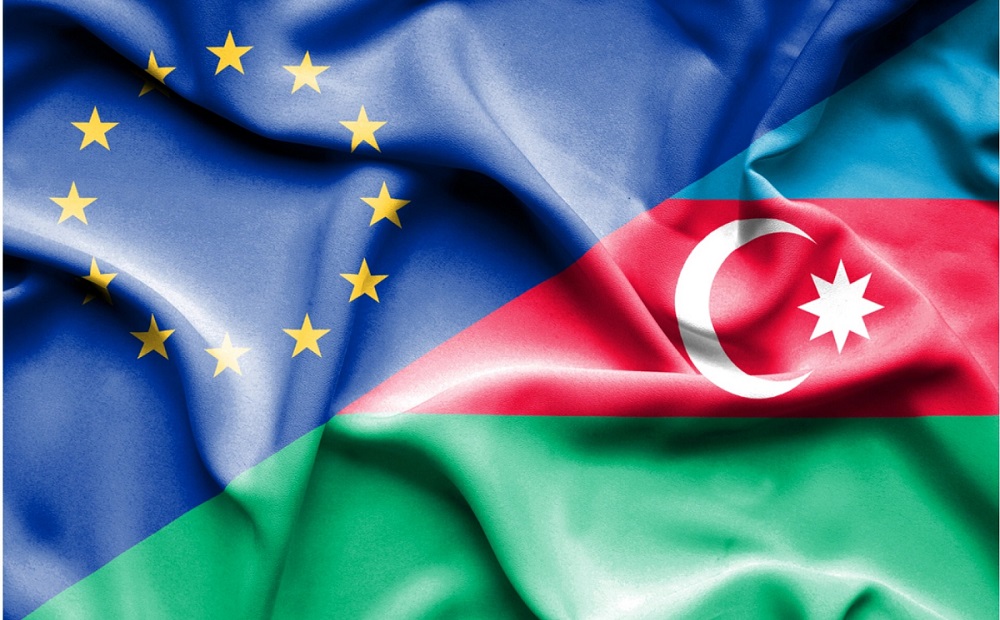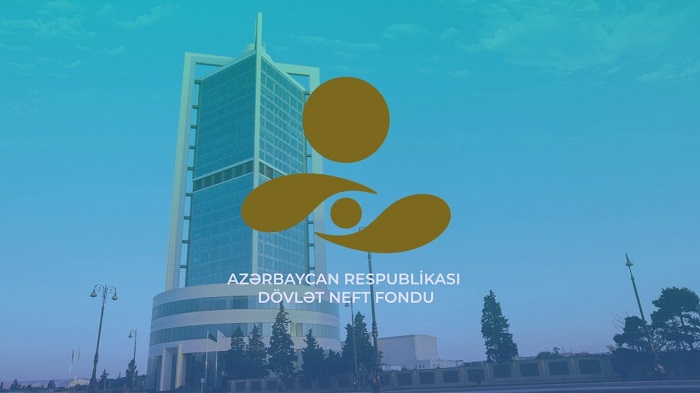Statoil ASA, Norway’s biggest oil company, deepened investment cuts and offered to pay dividends in stock as it pledged to maintain shareholder payouts even as a collapse in crude prices eroded earnings. The shares surged.
 The company said it plans to reduce capital expenditure to $13 billion this year from a revised $14.7 billion in 2015, after reporting a 63 percent drop in fourth-quarter profit on Thursday. Statoil boosted a target for 2016 cost savings to $2.5 billion from $1.7 billion.
The company said it plans to reduce capital expenditure to $13 billion this year from a revised $14.7 billion in 2015, after reporting a 63 percent drop in fourth-quarter profit on Thursday. Statoil boosted a target for 2016 cost savings to $2.5 billion from $1.7 billion.
Statoil proposed keeping its payout at 22 cents a share for the quarter, while introducing a two-year scrip dividend program that it said was supported by the Norwegian government, which owns 67 percent of the company. Statoil’s board intends to keep the dividend flat for the first three quarters of 2016, Chief Executive Officer Eldar Saetre said at a press conference in London.
Statoil climbed as much as 8.6 percent and was up 8.3 percent to 118.2 kroner at 11:14 a.m. in Oslo trading.
Riding Slump
Statoil and competitors such as Royal Dutch Shell Plc and Total SA have cut spending as they seek to ride out a more than 70 percent slump in oil prices since June 2014, while maintaining payouts to shareholders. In Norway, where Statoil is operator for more than 70 percent of oil and gas production, the investment cuts have sent shock waves through the offshore industry, which accounts for about a fifth of the Nordic country’s economic output.
Statoil has cut capital expenditure by 35 percent since 2014, and signaled it could trim it to less than $10 billion a year in 2018 and 2019, according to a presentation. The company also reduced spending on exploration this year by a third to about $2 billion from 2015.
As Statoil joined rivals in maintaining payouts amid dwindling cash flow, the company’s ratio of net debt to capital employed rose to 26.8 percent at the end of 2015 from 20 percent a year earlier, it said in the report.
Debt Ratio
Statoil’s debt ratio will exceed 30 percent this year if oil prices remain at current levels, Chief Financial Officer Hans Jakob Hegge said in an interview. Saetre and Hegge said it wasn’t surprising that Statoil and other oil producers are being reviewed for a possible downgrade by rating companies given the current state of the market.
“Statoil has expressed a clear ambition that we wish to maintain a single A rating,” Saetre said. “We have a good margin compared to that.”
Fourth-quarter adjusted net income, which excludes financial and other items, fell to 1.6 billion kroner ($187 million) from 4.3 billion kroner a year earlier, missing the 3 billion-kroner average estimate in a Bloomberg survey of analysts. The result was dragged down by a 6.1 billion kroner net loss at Statoil’s international unit. Still, earnings before interest and tax of 15.2 billion kroner beat a 14.5 billion kroner estimate.
Statoil’s total equity production fell to 2.05 million barrels of oil equivalent a day in the fourth quarter from 2.1 million barrels a year earlier due to asset sales. That beat an estimate of 2.02 million barrels in a Bloomberg survey of 10 analysts.
Statoil cut its annual production-growth target for the period from 2014 to 2017 to 1 percent adjusted for asset sales, from a 2 percent goal set for the 2014-2016 period. The company plans to boost growth to 2 percent to 4 percent annually from 2017 to 2019 thanks to a “radically improved project portfolio” with an average break-even price of $41 a barrel, it said.
Bloomberg











